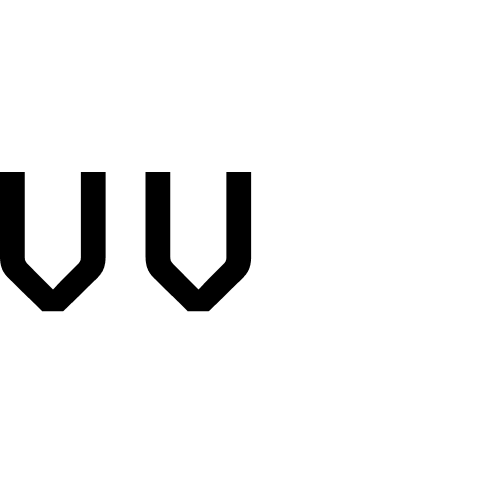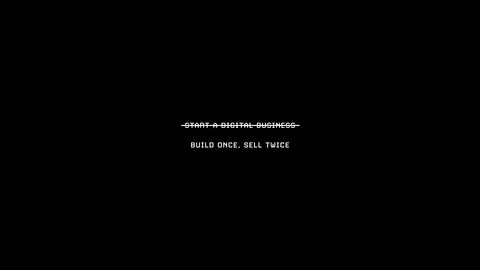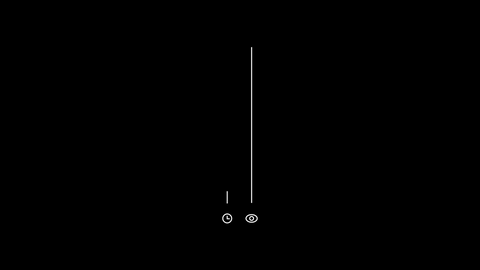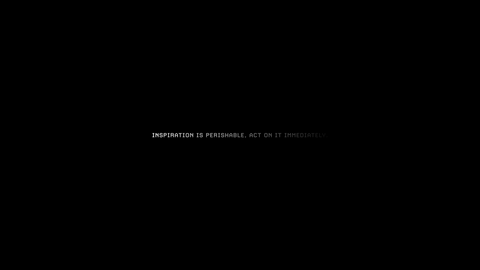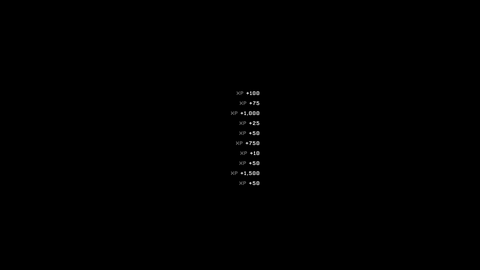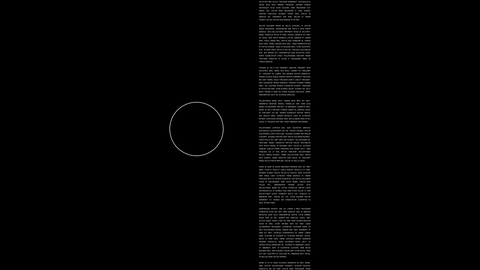Guest author: Benjamin Anderson.
The Daily Manifest in Visualize Value’s own words is — a distillation of the “best of” many different habit tracking apps, journal formats, coaches and time management systems. Everything you need, nothing you don’t. Subjectively to me, it’s been a habit forming tool and a system for personal accountability. You can check out the tool here and ask yourself, “Why would I pay $20 for a product I can copy from the images it uses to promote itself?” I did exactly that when I first looked at it but I dropped the practice of writing out my DM all of 2 days later.
What got me to actually buy the Daily Manifest?
I first checked out the product because I follow Jack Butcher on Twitter. Jack is the genius behind Visualize Value and seems to spend most of his time creating unique visuals to promote mental wealth as well as building things once to sell them twice. I caught a short video from Jack one day in my feed, and the way he pitched his DM was so spot on, I bought it right after the video, because he’d nailed what caused me to give it up initially after 2 days. He said something along the lines of:
“I could send you this PDF for free, but then you’d neglect it. Instead, I’m selling it for $19 so that if you do buy it, you’ll have a mental/financial incentive to put in the work to fill it out every day for at least a week, and I’m confident that after that, you’ll see the value and it’ll become a regular practice.” — Jack Butcher (paraphrased)
He was right there too. At the time of writing this, it’s Sunday, and I’ve already filled out my 102nd DM to guide my Monday tomorrow.

How do I use it?
At the end of the day, how you use the DM is subjective. Jack has put together a quick explainer of some of the core concepts that you can check out here —
Aside from the concepts he highlights above, here are some of the ways I’ve used mine over the last 6+ months -
- I use a printed copy of the DM and write it out in the evening before the day of.
- I don’t use the DM on the weekend. I leave this time completely open to enjoy leisure or to pursue the work of my daemon.
- I usually do my reflections before filling out my next day’s DM in the evening but often the next morning also.
With filler and background info out of the way, here’s a few breakdowns of the biggest things I learned using the DM for 100+ days.
Better Grasp of Time at Micro and Macro Level
Within my first day of using the DM, I realized how little I understood how much time it actually took me to do things.
At the micro level, this was evident after just a couple days. I’d give myself an hour to do something that took 15 minutes like type an important email or mock up some social content or worse off, 30 minutes to do something that’d take 2 hours like program an improvement for the WAND app or write a decent blog post.
At the macro level, it took me a little longer to get a grasp of this but the same concept applied. I gave myself 90 days to achieve things like run 10 miles in a row or obtain 1000 followers on a novelty project, both of which took around 30 days and would have been great mezzo goals. Then again, I’d give myself 30 days to achieve things that in hindsight seem completely foolish like be conversational in Ukrainian or achieve $1,000/mo in passive revenue, both of which eventually became 90 day goals and have since been accomplished.
The DM has made it so that in the future, and on a daily basis with tasks I fill out, I have a much better understanding the time it takes for me to achieve something in a handful of different verticals.

Over Productivity → Complacency
Before I used the DM to give myself a better framework of what I should be doing at any given moment in the day, I used to bullet out my priority tasks, punch these out in the morning, and then work with as much discipline as a self-employed, ADHD individual could muster. After a few weeks of using the DM, I became self aware of a problem I knew I had before being on a regular schedule. If I have a hyper productive morning, subconsciously, I’d use this as an excuse to be less intense the remainder of the day.
The DM not only helped keep me accountable if I had a day’s worth of tasks lined up to stay on track after a morning that would otherwise make me complacent, but it helped me to learn this behavior in myself. Now I usually space out my most mentally intense or productive tasks throughout the day and put some filler work chunks in between to stay engaged my whole day.

Maximize My Value
I have a new rule with anything I do, but it started mainly within WAND. If I’m doing something for more than 4 hours per day, or in my head, half of the average 9–5, it’s time to build a process or outsource the work. This is probably the most abstract of the 3 concepts I’ll share in this article but the one that was personally of highest value to me.
In the same vein as the first idea on time tracking, eventually, I began to understand how much time I was allocating to certain areas within my business where it was not best spent. The first for example was catering to customer service requests. After a couple weeks, I was consistently getting backed up on other tasks and determined that it was because at random, I’d get thrown off course in 15–30 minute blocks by a call, text or email to our customer support line for WAND. Individually prior to the DM, these didn’t seem like much and could be chalked up as part of my day-to-day, but after a few rough days of wondering how I lost hours of my time, this became a tangible issue. We’ve since solved it by upping our game through automation and now I now check for requests that need my attention for just 15–30 minutes a day.
This is one of many examples and I continue apply this model of thinking that the DM helped me identify in programming, marketing or anything else that warrants my focus on a daily basis. My time is my most valuable asset, so the value I’ve received from the DM to be able to identify where I can save more for higher functioning output, has been immeasurable to say the least.

It was for me, 100%. I should point out that this post was in no way sponsored by Jack Butcher or Visualize Value. I mention in passing the value I’ve received from not only the DM, but the VV community at large regularly so decided to write this up as something to share or point people towards.
If you do decide to checkout the DM, I also recommend the VV community which I’ve been a part of since I got the manifest. I do get a kickback if you join through that link. The ongoing signal I’ve received from Jack and his community through weekly office hours, models of thinking and connections has inspired much of what my day to day looks like now and especially the work I’m doing with The Articulate Ventures Network. Even this post is a example of his Permissionless Apprenticeship concept.
I encourage you to checkout both, or at the very least, hope you’ve consumed a concept worth the price of admission. If you liked this post, you can follow me on Twitter or here on Medium.
